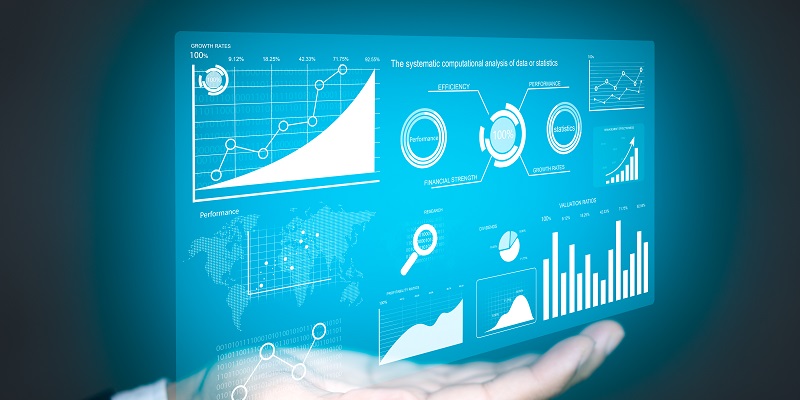Tableau, a leading provider of interactive data visualization software, has announced its second analytics platform update of 2023. The latest update – Tableau 2023.2 – includes more than 20 new features that are now generally available. One of the most significant of these new features is an improved connector to the Salesforce Data Cloud, which promises a more user-friendly interface.
Overview of Tableau 2023.2 Features
With Tableau 2023.2, the company aims to deliver a more seamless and connected experience for its users. One such feature is the integration of generative AI and large language model technology through Tableau GPT, which was unveiled during the vendor’s annual user conference in May. However, this feature is not yet available for general use and may roll out in late 2023 or perhaps even in 2024.
Improved connector to Salesforce Data Cloud
The latest upgrade from Tableau includes an updated connector to the Salesforce Data Cloud, which is already catching the attention of Tableau users. With no installation required, the updated connector makes it easier for users to connect and work with Salesforce data. Additionally, the connector aims to create a more user-friendly interface by making objects more accessible, as well as functions and tools ready for use. Notably, the updated connector is driverless, enabling a seamless experience for Tableau users with Salesforce Data Cloud.
A driverless connector with a more user-friendly interface
The updated connector in Tableau 2023.2 has more than ten new functions designed to enable Tableau users to work more efficiently with their Salesforce data. In addition to being aware of Data Spaces, the updated connector’s driverless approach aims to deliver a more seamless experience for users searching for objects through an easy-to-use interface.
Positive reception of the new connector to data cloud
The updated connector has received a lot of attention, and according to experts, its introduction stands out in Tableau 2023. The connector offers improved features and functions that enable Tableau users to gain better insights from their Salesforce data without any complications.
Tableau GPT and Tableau Pulse are not yet available for general use
Tableau GPT and Tableau Pulse received significant attention during the company’s annual user conference, and both are expected to become available in late 2023. The integrations are designed to improve the software’s capabilities and make it easy to use with Salesforce. However, these features are not yet available, so Tableau users may need to wait longer to take advantage of them.
Lack of Generative AI Capabilities in Tableau 2023.2
Although Tableau GPT will undoubtedly improve the software’s capacity to produce insights through generative AI technology, it is worth noting that Tableau 2023.2 does not yet come with that technology. However, Tableau users are patient and optimistic that the company will keep striving to develop new AI-integrated features in future updates.
Potential for Tableau to Add Financial Operations and Cost Analysis Tools to Benefit Users
With economic conditions still uncertain more than three years after the onset of the COVID-19 pandemic, Tableau users could benefit tremendously from additional financial operations and cost analysis tools. Although the company has not yet announced any specific features targeted at financial analysis, future updates may include such tools and more improvements tailored to users’ needs.
Tableau 2023.2 represents an impressive advancement for the software, providing improved features and a more connected experience to users. The updated connector to Salesforce Data Cloud is a significant upgrade, and it shows Tableau’s commitment to enhancing user experience through driverless technology and easy-to-use interfaces. As Tableau continues to introduce new updates, the company aims to provide its users with advanced features to gain better insights into their business operations and financial data.

